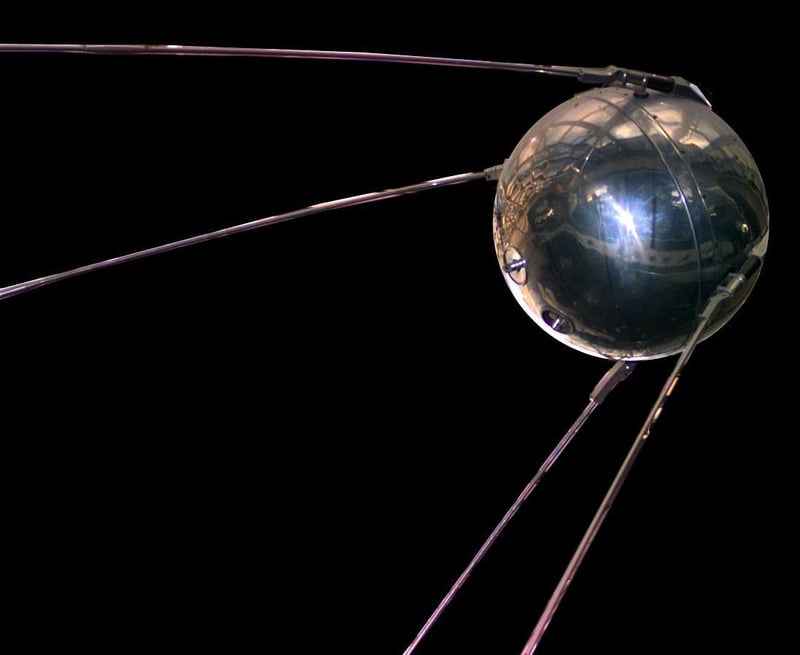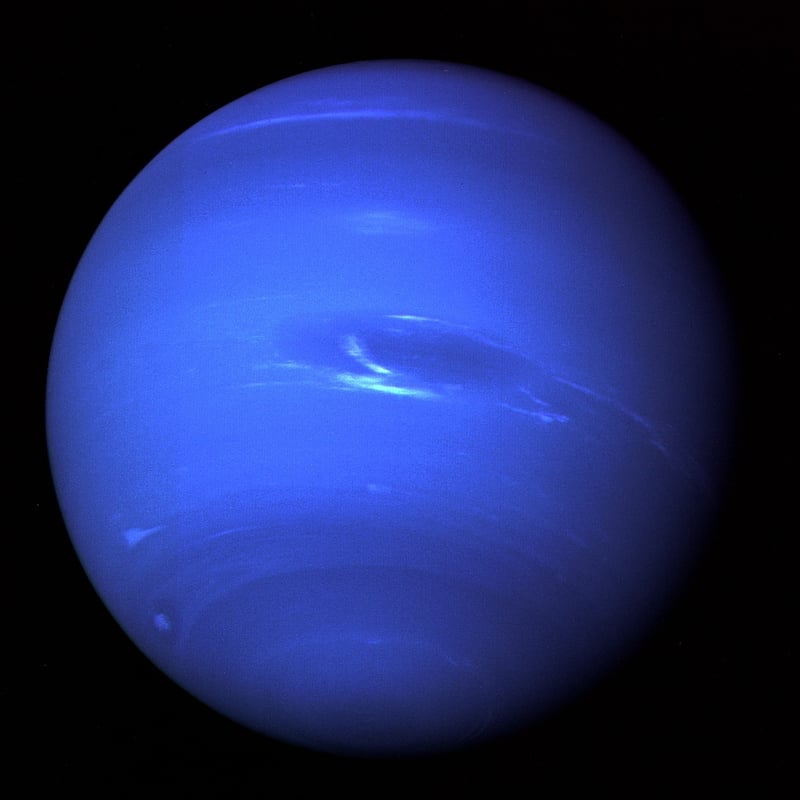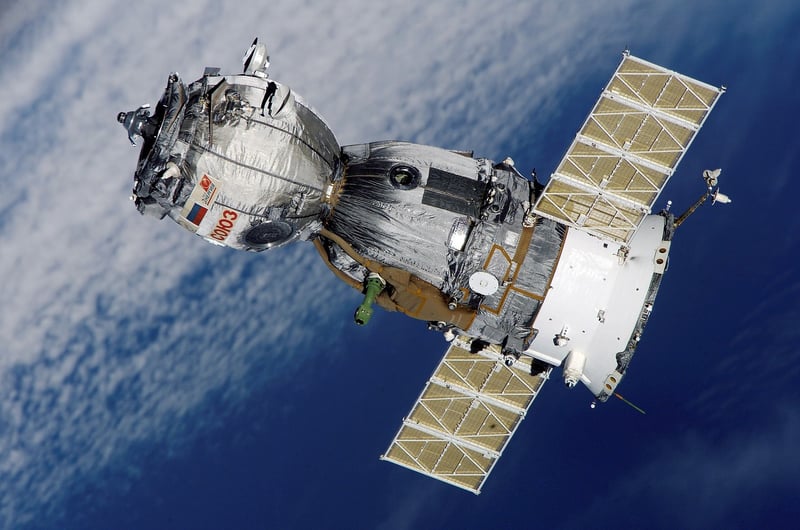Space Age
Exploring Specific Times in the Space Age
The Space Age, which began in the late 1950s, marked a period of significant advancements in space exploration, technology, and innovation. During this era, several specific times stand out as pivotal moments that shaped humanity's understanding of the cosmos.
1. The Launch of Sputnik 1 (1957)
On October 4, 1957, the Soviet Union launched Sputnik 1, the world's first artificial satellite. This event marked the beginning of the Space Age and ignited the space race between the United States and the Soviet Union.

2. The Apollo 11 Moon Landing (1969)
On July 20, 1969, NASA's Apollo 11 mission successfully landed astronauts Neil Armstrong and Buzz Aldrin on the moon. This historic achievement was a significant milestone in human history and demonstrated the capabilities of space exploration.

3. Voyager Spacecraft Missions (1977)
In 1977, NASA launched the Voyager 1 and Voyager 2 spacecraft on a mission to explore the outer solar system. These spacecraft provided unprecedented insights into Jupiter, Saturn, Uranus, and Neptune, sending back valuable data and images of these distant planets.

4. Hubble Space Telescope Launch (1990)
The Hubble Space Telescope, launched in 1990, revolutionized our understanding of the universe by capturing stunning images of distant galaxies, nebulae, and other celestial objects. Hubble's observations have led to numerous groundbreaking discoveries in astronomy.

These specific times in the Space Age highlight the remarkable achievements and discoveries made by humanity in the exploration of outer space. Each milestone has contributed to our collective knowledge of the cosmos and continues to inspire future generations of scientists, engineers, and space enthusiasts.
